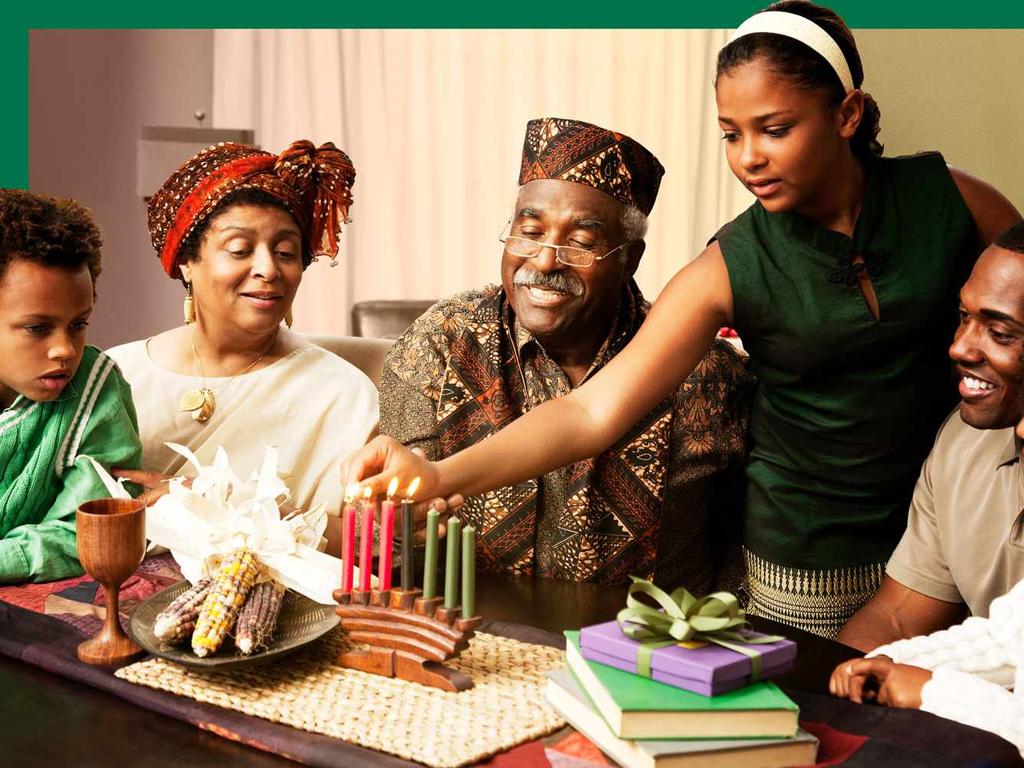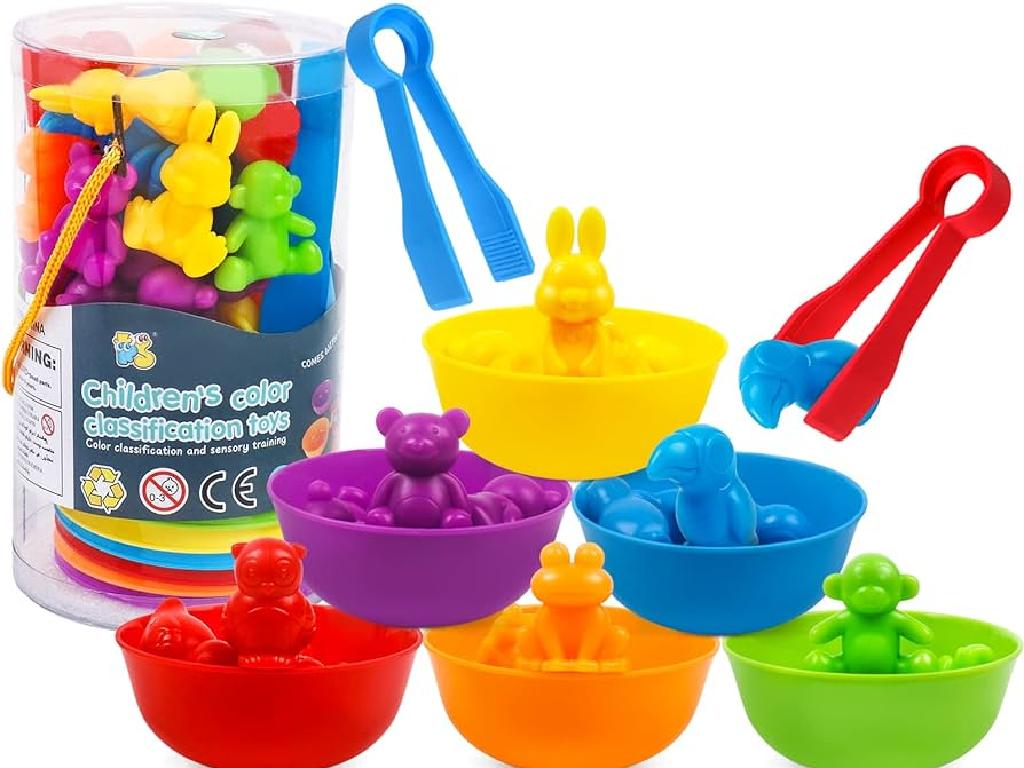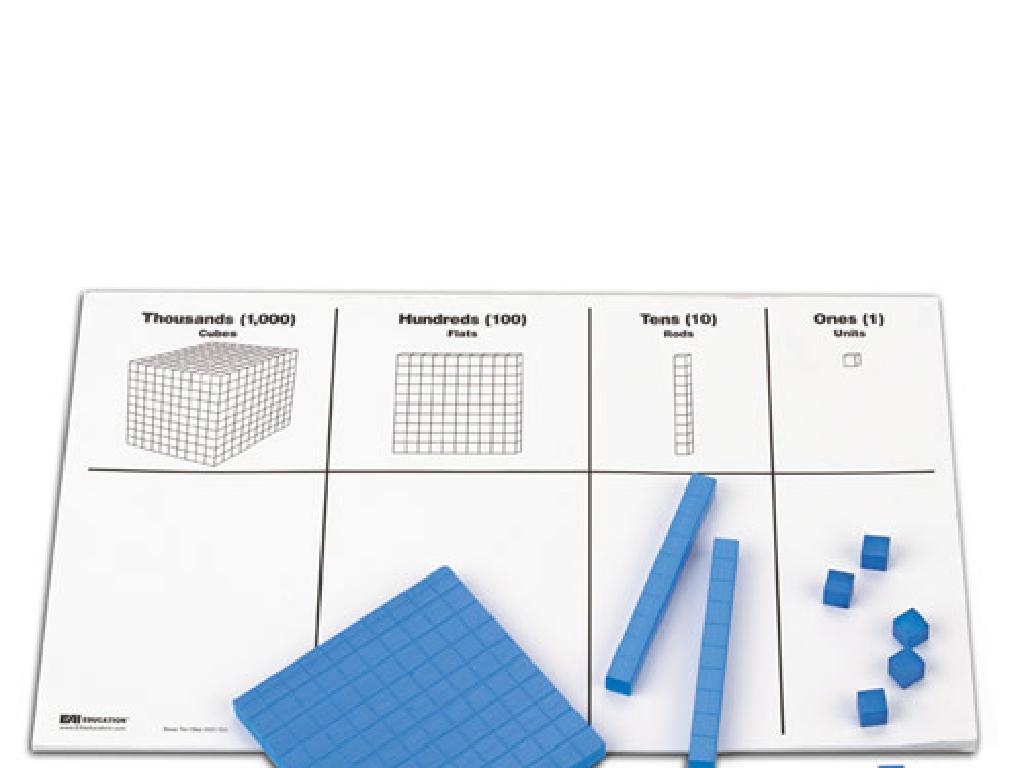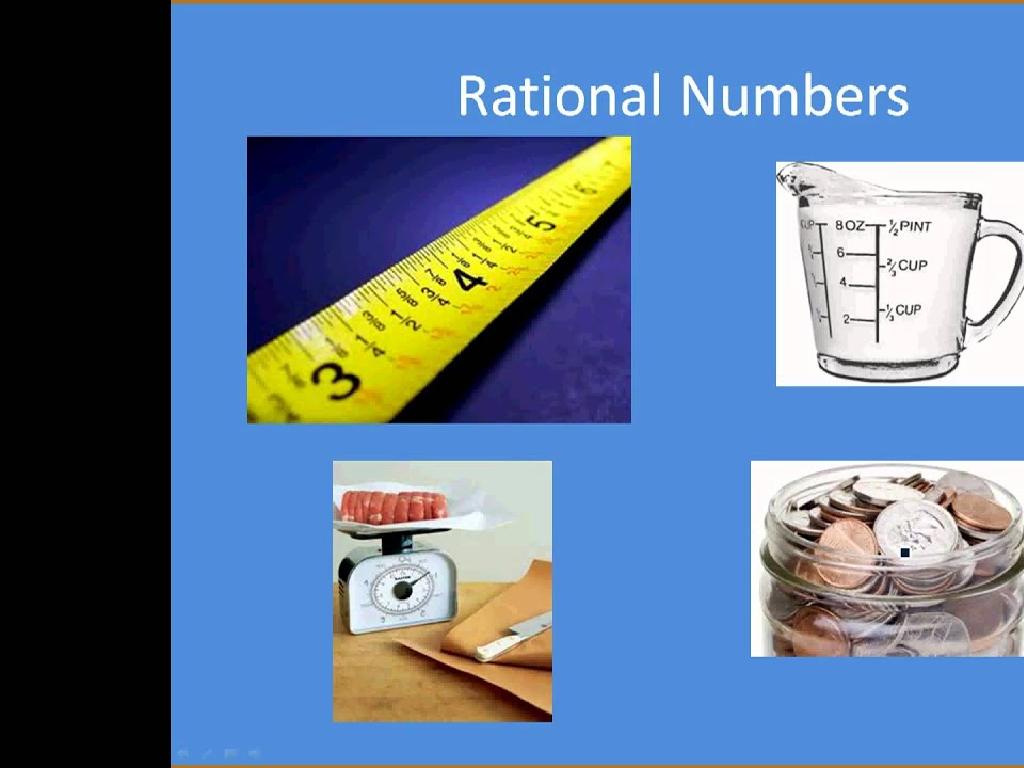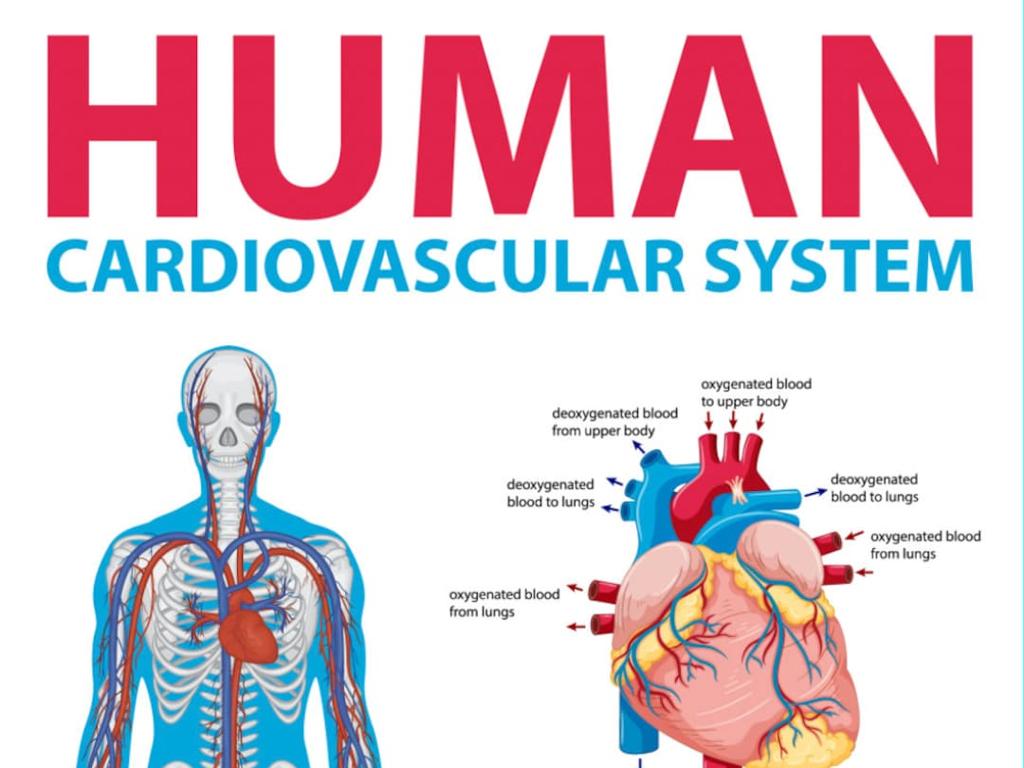Compare Two Texts With Different Genres
Subject: Language arts
Grade: Sixth grade
Topic: Comparing Texts
Please LOG IN to download the presentation. Access is available to registered users only.
View More Content
Exploring Text Comparison Across Genres
– Understand various genres
– Genres are categories like fiction, non-fiction, poetry, etc.
– Define ‘Comparing Texts’
– Comparing texts means finding similarities and differences.
– Discover importance of comparison
– It helps us appreciate unique aspects and themes.
– Engage with diverse reading
|
This slide introduces the concept of comparing texts across different genres, which is a key component of critical reading and analysis in language arts. Students should understand that a genre is a specific category of literature with its own style and conventions. Comparing texts involves looking at how different authors approach similar themes or topics and understanding the unique techniques used in each genre. This skill allows students to deepen their comprehension and appreciation of literature. Encourage students to think about their favorite books and what genre they fall into, setting the stage for a discussion on how different genres can approach the same subject matter in distinct ways.
Exploring Genres in Literature
– What is a genre?
– A genre is a category of literature with similar styles or themes.
– Examples of literary genres
– Fiction, non-fiction, poetry, and drama are some examples.
– Defining characteristics of genres
– Themes, settings, and character types often distinguish genres.
– Comparing genres
|
This slide introduces the concept of genres in literature, which is essential for students to understand before they can compare texts from different genres. A genre is a way to categorize literature based on certain criteria like tone, content, and style. Provide examples of different genres such as fiction, non-fiction, poetry, and drama, and discuss the unique characteristics that define each genre. Encourage students to think about their favorite books and what genres they belong to. This will set the stage for them to learn how to compare and contrast texts from different genres, focusing on how the defining characteristics shape the reader’s experience.
Comparing Story Elements Across Genres
– Define story elements
– Elements include Plot, Setting, Characters, Conflict, Theme
– Variations by genre
– A fairy tale’s setting might be magical, while a realistic fiction could be in a modern city
– Identifying elements in genres
– How is the plot structured in a mystery vs. a fantasy?
– Analyzing elements’ impact
– Does the setting influence the theme? How do characters evolve differently?
|
This slide aims to help students understand the fundamental elements of a story and how these elements can differ across various genres. By defining each element, students can gain a clearer understanding of how a story is constructed. Discuss how the same elements, when altered, can change the story’s impact and reader’s experience. For example, the setting in science fiction often plays a crucial role in shaping the plot and themes, which may differ significantly from those in historical fiction. Encourage students to think critically about the stories they read and to identify these elements in different genres, enhancing their analytical skills and appreciation for literature.
Comparing Fiction and Non-Fiction
– Define Fiction and Non-Fiction
– Fiction: made-up stories, Non-Fiction: real facts/events
– Key differences highlighted
– Fiction: imaginative, Non-Fiction: factual, educational
– Read fiction excerpt
– Read non-fiction excerpt
|
This slide introduces students to the concepts of fiction and non-fiction, setting the stage for understanding how different genres present information. Fiction refers to literature created from the imagination, not presented as fact, though it may include real-life themes or elements. Non-fiction is factual writing that informs or instructs the reader about reality. Highlight key differences such as the presence of imaginary elements in fiction versus the factual, informative nature of non-fiction. Provide excerpts from both genres for students to read and identify characteristics of each. Encourage students to discuss the tone, style, and purpose of the texts. This activity will help students to distinguish between the two genres and enhance their critical reading skills.
Comparing Texts Across Genres
– Utilize a Venn Diagram
– A tool to visually organize similarities and differences
– Compare themes, settings, characters
– Look for common or differing elements in the story
– Contrast point of view and style
– How do the authors’ perspectives and techniques vary?
– Discuss structure differences
– How is the information presented in each text?
|
This slide aims to guide students through the process of comparing and contrasting two texts of different genres. Introduce the Venn Diagram as a visual aid to help students organize their thoughts and findings. Encourage them to look for similarities and differences in themes, settings, and characters to compare the texts. When contrasting, focus on how the authors’ points of view, writing styles, and the structure of the texts differ. This exercise will enhance students’ critical thinking and analytical skills, as well as their ability to discern how genre influences the way a story is told. Provide examples from well-known texts to illustrate these points.
Group Activity: Comparing Texts Across Genres
– Break into small groups
– Each group gets two different genres
– One text might be fiction, the other non-fiction
– Use a Venn Diagram for comparison
– Place unique features in outer circles, shared ones in the overlapping section
– Discuss similarities and differences
– Consider themes, characters, tone, structure
|
This group activity is designed to enhance students’ understanding of different literary genres and their characteristics. By working in small groups, students will engage in collaborative learning, promoting discussion and critical thinking. Each group will receive two texts, each from a different genre, such as a poem and a newspaper article. They will use a Venn Diagram to visually organize the similarities and differences between the texts. Encourage students to look beyond the content and consider elements like tone, writing style, and structure. Possible activities include comparing a historical fiction piece with a factual historical account, or a fantasy story with a realistic fiction narrative. This exercise will help students recognize and articulate the unique aspects of various genres.
Sharing Our Findings: Text Comparison
– Groups present their comparisons
– Discuss similarities and differences
– How are the themes or characters alike? How do they differ?
– Reflect on the comparison process
– Was it challenging to compare different genres?
– Class thoughts on learning outcomes
– What did we learn from this activity?
|
This slide is meant for a class activity where students will share the results of their comparison between two texts of different genres. Each group will take turns presenting their findings to the class, highlighting both the similarities and differences they discovered. The discussion should focus on elements such as themes, characters, plot, and writing style. After the presentations, the class will engage in a reflection session to discuss the challenges faced during the comparison process and the insights gained. The teacher should facilitate the discussion, ensuring that each student has the opportunity to contribute and reflect on what they have learned about comparing texts from different genres.
Class Activity: Exploring Different Genres
– Select two distinct genres
– Compose a comparison paragraph
– Focus on elements like structure, tone, and purpose
– Partner up for a review session
– Exchange papers and provide feedback
– Discuss the contrasts and similarities
– Share what makes each genre unique and how they overlap
|
This activity is designed to enhance students’ understanding of different literary genres and their characteristics. Students will choose two genres, such as poetry and fiction, and write a short paragraph highlighting how they differ in structure, tone, theme, and the author’s purpose. After writing, they will pair up with a classmate to exchange their work for peer review. Encourage constructive feedback focusing on the clarity and depth of the comparison. Conclude the activity with a class discussion about the insights gained from the exercise. Possible genres for comparison include mystery vs. historical fiction, biography vs. fantasy, or science fiction vs. realistic fiction.
Conclusion: The Power of Comparing Texts
– Recap: Comparing across genres
– Understanding genre significance
– Genre defines the style, form, and content of a text.
– Benefits for readers
– Helps interpret texts accurately and appreciate diversity.
– Advantages for writers
– Enhances writing adaptability and audience engagement.
|
In wrapping up our lesson on comparing texts across different genres, it’s crucial to emphasize the importance of genre understanding. This knowledge allows readers to set the right expectations and interpret texts within the correct context, appreciating the diversity in literature. For writers, this skill is invaluable as it enables them to tailor their writing to suit different genres, thereby effectively engaging with their intended audience. Encourage students to continue practicing this skill by reading a variety of genres and reflecting on the unique elements each one brings to storytelling and information sharing.
Homework: Comparing Text Genres
– Find two different genre texts
– Choose one fiction and one non-fiction
– Write a comparison of the texts
– Focus on elements like theme, style, and structure
– Be prepared for class discussion
– Think about what you learned from each text
– Reflect on genre characteristics
|
This homework assignment is designed to help students understand the differences between genres. They should look for a fiction piece, like a novel or a short story, and a non-fiction piece, such as a biography or an article. Students will compare the two texts, focusing on elements such as theme, style, structure, and the author’s purpose. Encourage them to think critically about how these elements differ between genres and what unique aspects each genre brings to storytelling. In the next class, students will discuss their findings, which will enhance their analytical skills and deepen their appreciation for different types of literature.

